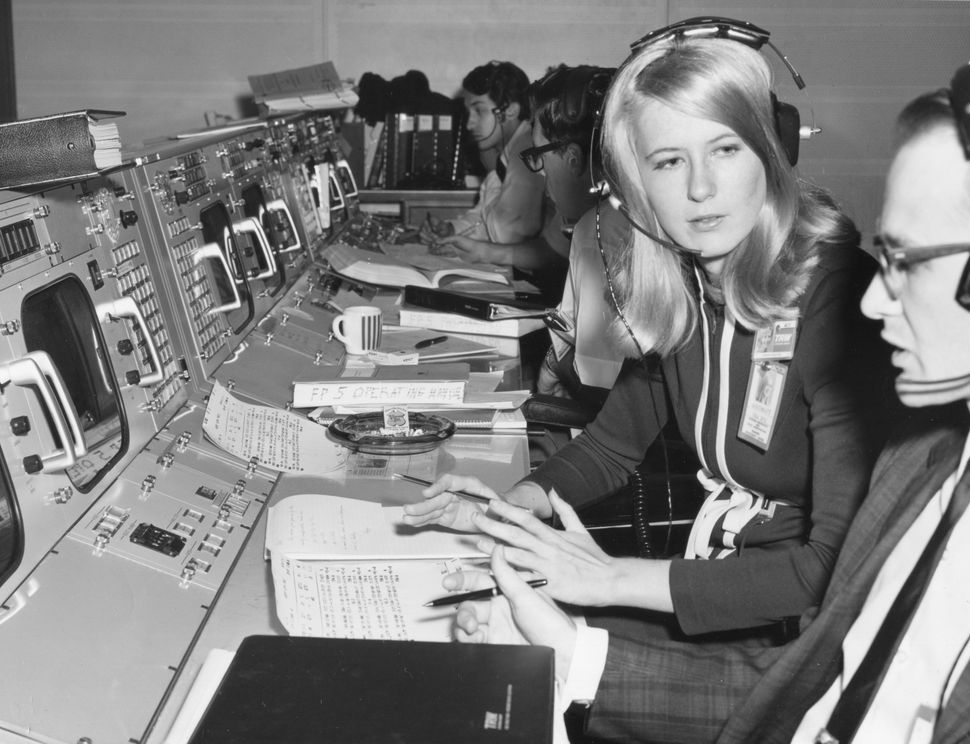
In my previous post I shared how teaching Quinn to use a new food bowl was an educational experience because he’d never known any other way to get his food. It was a struggle for him to figure out how to do something differently when he was used to doing it a certain way for his entire life.
I also related that to parallels of how people look at me doing things they cannot imagine doing themselves without thumbs, with short arms, or without significant upper body strength. Just like I can’t imagine doing something with thumbs!
Moving on… The summer of 2019 marked the 50th anniversary of the moon landing. It was pretty cool to honor that event, especially for science nerds like me who weren’t even alive the last time a human being set foot on the moon’s surface. The anniversary was a great time to be exposed to all sorts of trivia, remembrances, and media – much of which we’ve seen and heard before but there was also a lot of new material coming out, including a fantastic podcast, 13 Minutes to the Moon.
The podcast focused on the 13 minutes before touching down on the moon for the Apollo 11 mission on July 20, 1969. We’ve all heard clips of recordings with the familiar radio chatter and famous, “The Eagle has landed” coming through in Neil Armstrong’s crackled audio feed. But this podcast, which I cannot recommend enough, focused on the details. They spent several episodes explaining the 1201 and 1202 computer errors that nearly aborted the mission and every other event we hear discussed in the aging radio transmissions. The calmness of the voices in most of those 13 minutes almost makes us believe it was a routine event.
But we know that this was not a routine event. No human had ever set foot on the moon before. This was an impossible task and we were given a tight timeline and the computing power equivalent to the first generation of home computers to get it done. Most career engineers would have agreed that this was an impossible task, and this was one of the many eye-opening facts I learned listening to the podcast. Yet the team selected to build the hardware, write the software, come up with the calculations, and implement it all made the impossible possible.
Most career engineers would have thought this task was impossible. So what did we do? The podcast highlights several of the young engineers, hired right out of college often by their résumé alone and without an interview. The number of new people hired for this impossible task was huge… yet the average age of those people in mission control was around 26 years old! They hired people who weren’t jaded. People who didn’t know that landing on the moon was impossible. Men and women who had a new, fresh perspective of everything they learned in college and were eager to try it all out.

The team of people who made the moon landing possible consisted largely of a team of kids fresh out of college because they didn’t know it was impossible to land on the moon. Even Gene Kranz, the flight director who was in charge on that historic day, was only 35 years old. Amazing.

As Kennedy put it himself, “We choose to go to the moon in this decade and do the other things, not because they are easy, but because they are hard; because that goal will serve to organize and measure the best of our energies and skills, because that challenge is one that we are willing to accept, one we are unwilling to postpone, and one we intend to win.”
I think we are all capable of carrying this perspective with us. I’m really not all that exceptional for being able to function with my rather mild disability. While others might be in a completely different situation, I’ve already explained that I don’t consider myself disabled. And disability or not, we all should be able to learn from the NASA engineers who didn’t believe that it was impossible to put a man on the moon and return him safely to Earth. It’s only impossible if you believe it’s impossible. If you think you can’t learn from the 26-year-old engineers’ attitudes, try to learn from Quinn’s experience! 😉
I enjoyed reading tthis
LikeLike